
Rethinking Australia’s refugee policy
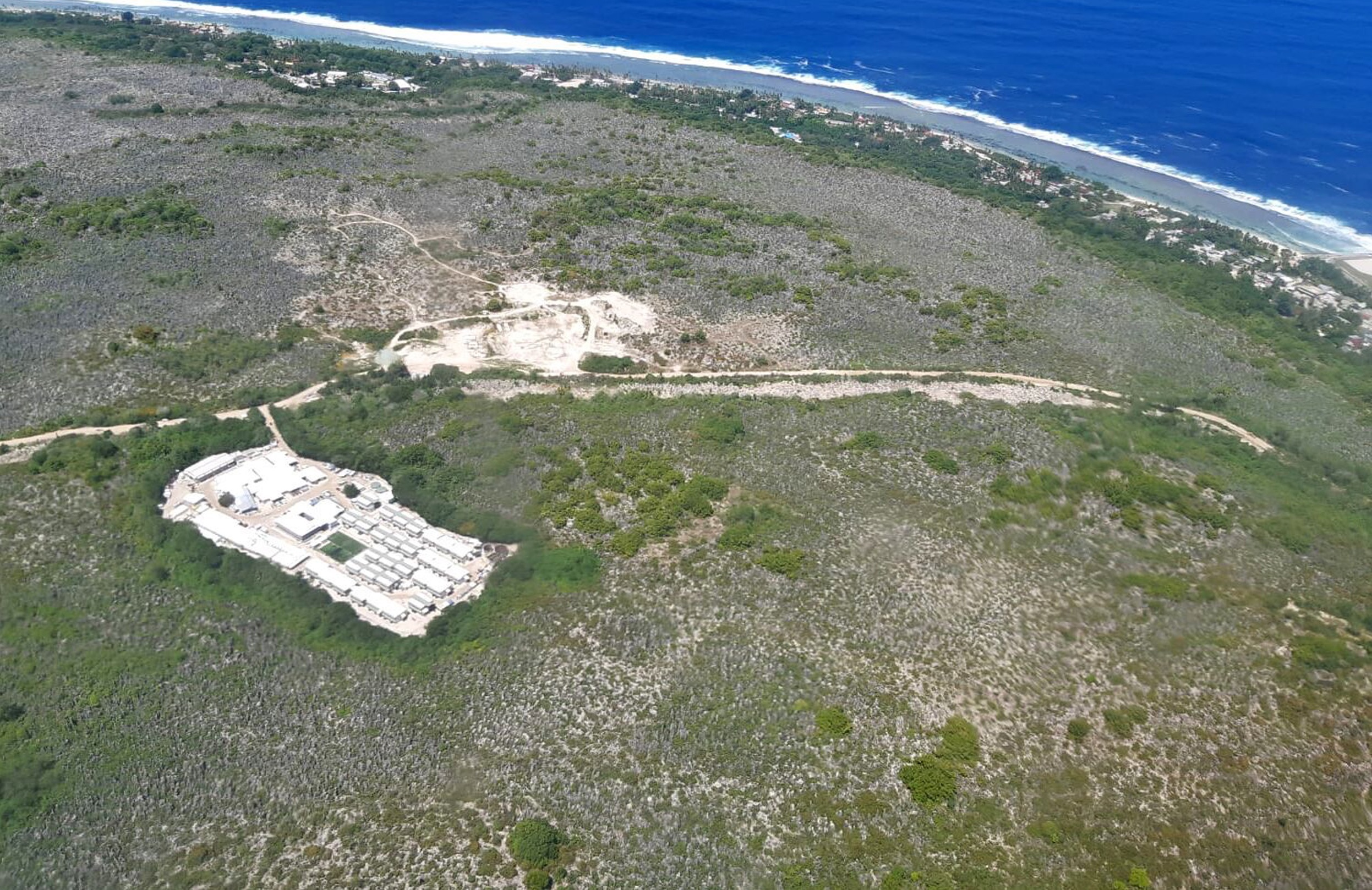
On World Refugee Day, Australia has an opportunity to re-evaluate its refugee policy and lead the modern world in sharing the burden and responsibility for refugees
Published 20 June 2019
Australia’s refugee policies continue to divide people in this country.
The re-elected government seems to know what outcomes it wants. It has stated that first and foremost borders are secure, that “queue-jumping” is controlled and that people who come here do so under oversight – with permission.
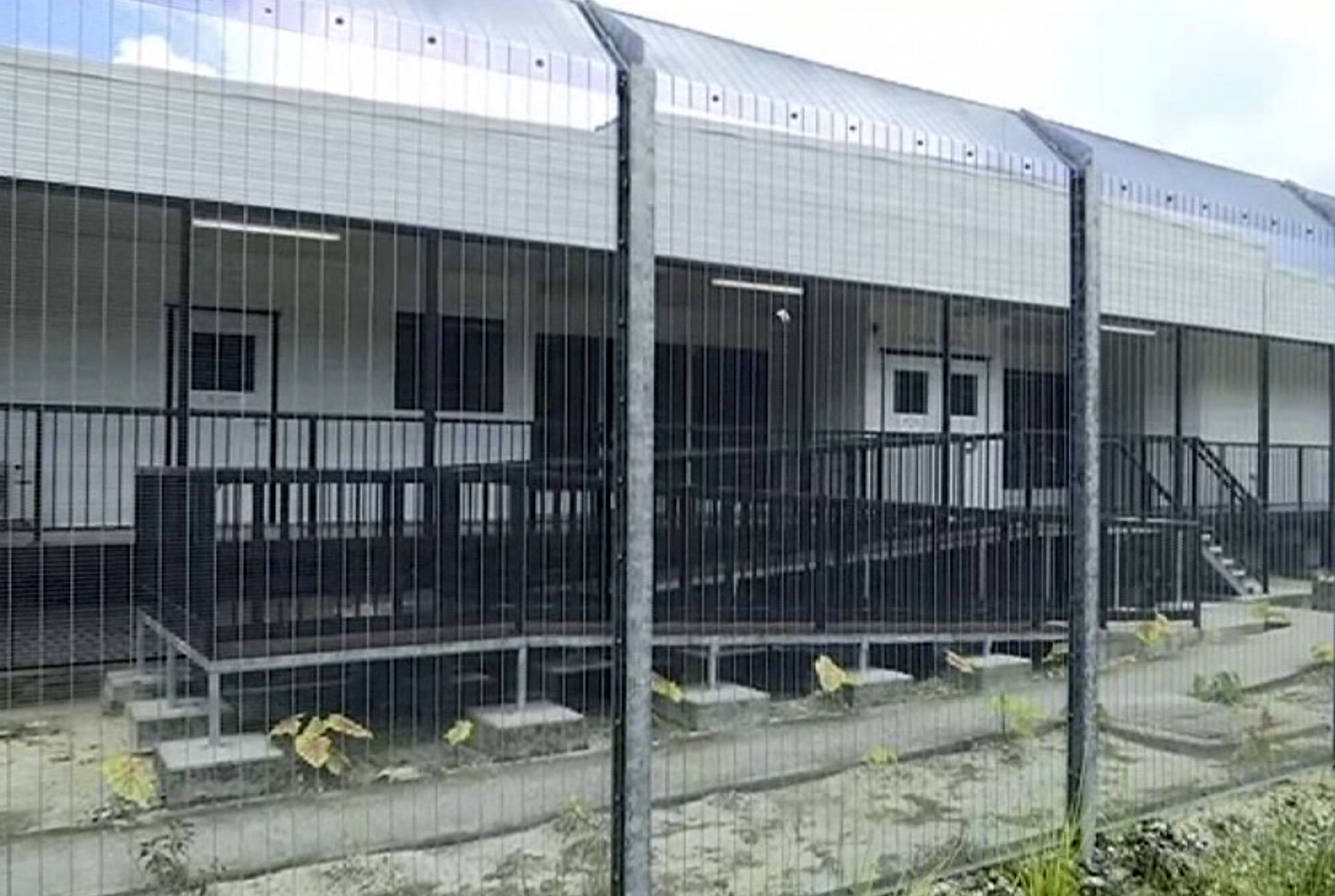
The government’s argument for strict policies goes on to say that it’s preventing loss of more lives at sea, stopping people-smuggling in its tracks, and that the flood-gates are firmly shut so that the Australian community isn’t over-burdened when it comes to job-seekers, welfare recipients, or difficult to integrate, socially marginalised foreigners.
Stated baldly like this, it’s difficult to dismiss. That is until one realises just how sidelined the longstanding domestic legal traditions, as well as the broader dictates of refugee law and international burden-sharing, are in this equation; not to mention the physical and mental health of affected individuals in long-term detention on Manus Island and Nauru.
The government’s stance has driven the advocacy community to try and radically re-frame the refugee and asylum debate in this country.

Advocates have been calling for a radically different policy, one where international human rights’ standards are honoured and Australia is a more forthcoming participant in global efforts to respond to the current world disorder and the movement of people it produces.
The principles of international law are its starting point, the facts about unequal burden-sharing are upfront and Australia’s capacity to do more is flagged.
Again, baldly stated, this is more than a reasonable position. But nuances can get lost.
Not all asylum seekers are refugees. Protection and solutions can be legitimately separated. International obligations are rarely absolutes, and where their scope is inflated this impedes proper debate and actively contributes to a polarising of positions which only exacerbates the already-dire situation for those caught up in the middle.
Many held out high hopes for change with the recent Federal election.
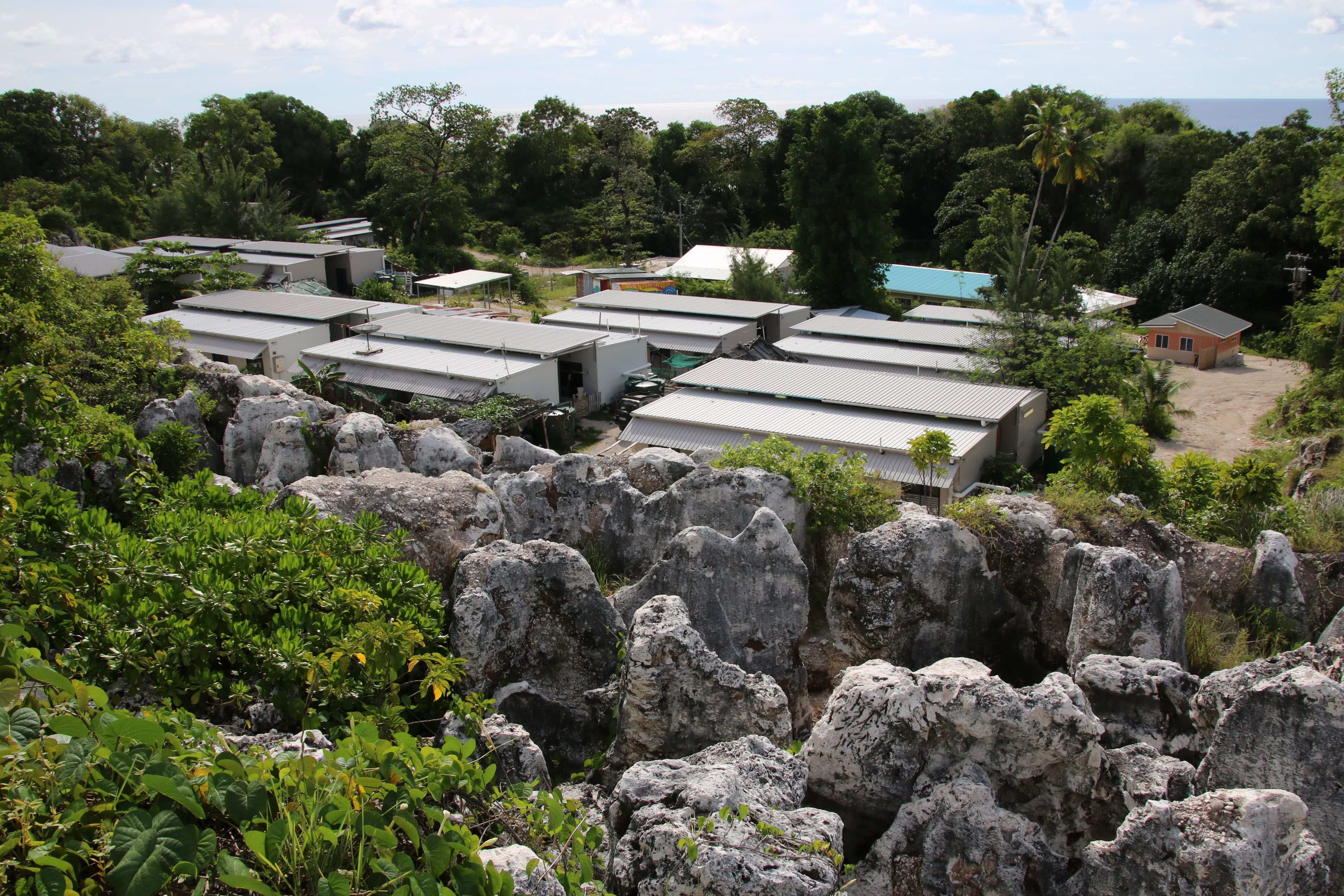
But the Government isn’t indicating any major rethinking of its deterrence approach any time soon. It has reiterated its humanitarian intake cap of 18,750.
The reality is that only around 4000 places out of this total will actually be made available to United Nations High Commissioner for Refugees (UNHCR) to meet urgent global protection demands. That is a decline in the number available over recent years which was around 6000.
In the meantime, rates of attempted suicide and self-harm on Manus Island are up, and there are reportedly efforts being made to begin winding back the Medevac legislation that has opened up reasonable possibilities for much needed mental health assistance.
Australia’s refugee policies also have their regional context.
The Asia-Pacific is a major host region for refugees and other displaced populations, accounting for more than nine million people that are of direct concern to the UNHCR.
While the region has long been one of mixed migratory movements to, from and through it, and has also had to cope with major displacements due to conflict and internal strife, the region boasts very few countries which have signed the 1951 UN Refugee Convention or have any tailored asylum structures.
It’s also the reality that refugee policies continue to be heavily shaped by security concerns and bilateral relationships – refugees are rarely distinguished from illegal migrants.
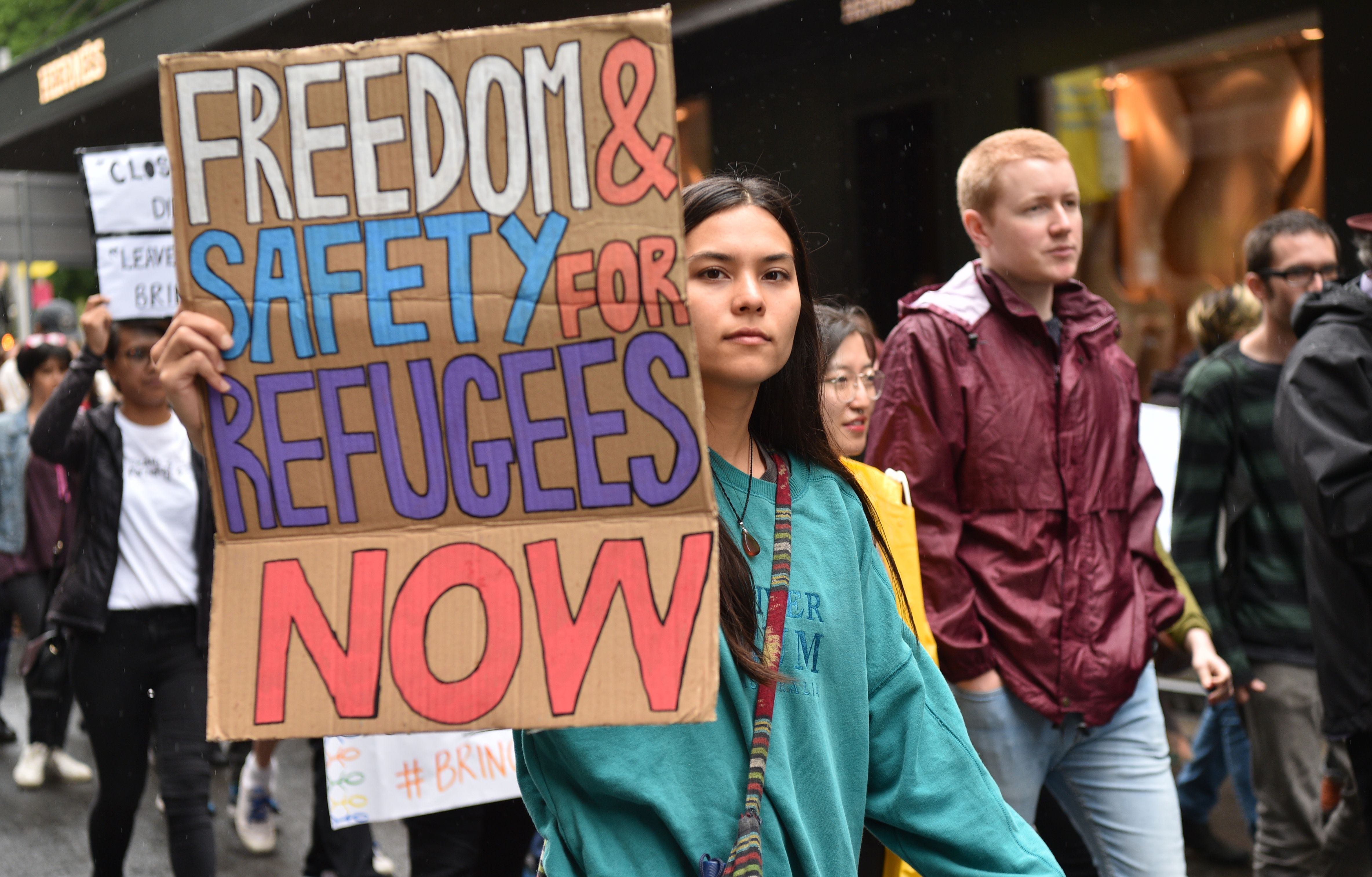
The lack of a consistent legal framework throughout the region makes it unclear what rights refugees can claim, what obligations countries have towards them, and what responsibility-sharing can be called on in the event of serious need.
There’s clearly a need to change the dynamic, in Australia, in the region and beyond, with burden-sharing more necessary than ever.
Innovative thinking, rather than more of the same, is necessary.
Some of that is already on the table, the result of a two-year UN multi-lateral process which began in September 2016 in New York. It was designed to breathe new life into tired approaches to burden and responsibility sharing.

Health & Medicine
Young and resilient
The resulting new Global Compacts on Refugees and Migrants were endorsed at the end of 2018.
The Global Compact on Refugees, signed onto by virtually all the United Nations General Assembly members with the exception of the United States and Hungary, has the potential to become a game changer.
The High Commissioner for Refugees has called it “a powerful expression of multilateralism in today’s fragmented world”.
Intended as a blueprint for fairer, more predictable and sustainable international cooperation, it contains a plethora of activities that countries can consider in order to ease the pressure of hosting refugees, including building the self-reliance of refugees, expanding access to third countries through options like resettlement, and fostering conditions for potential return.
Assistance could enable refugees to be more easily included in national health and education systems as well as connected to job possibilities or land to farm.
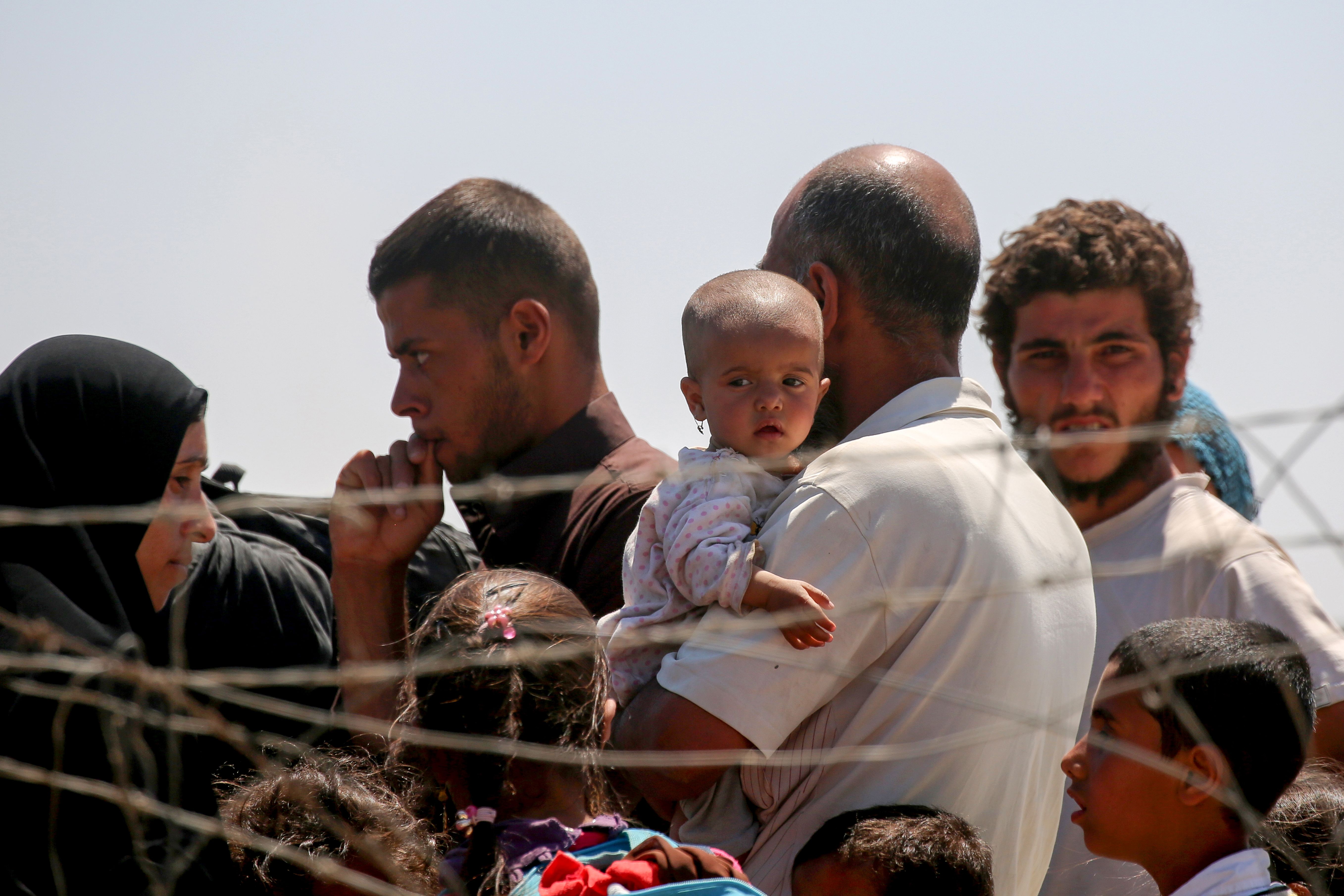
The Compact also encourages mobilisation of extra support through development channels, new forms of finance, preferential trade arrangements and private sector investment. We are talking infrastructure, roads, electricity grids, water supplies, health and education services support, as well as improved connectivity or internet access.
The dynamic here could change if Australia joins other countries in genuinely buying into the opportunities the Global Compact has opened up. But there must be a comprehensive rethink back home.
Our local narrative needs to focus on a factual, less emotional base that promotes understanding of refugees in the broader society. For example, the very real benefits refugees bring to their new countries could be given much more publicity and recognition.

Refugees are some of Australia’s most productive and successful people, making significant economic and social contributions to this country. They’re also a vital source of social and human capital in Australia, not least given the skills shortages in Australia’s economy and the declining populations in rural areas.
Secondly, an in-depth formal and expert quality review of the whole asylum system in Australia is a priority.
The growing ability for people to take fate into their own hands and move, sometimes long distances, in large numbers irregularly across borders, is a management challenge at the best of times.
But a well-functioning protection system, onshore and off, can be an effective management tool.
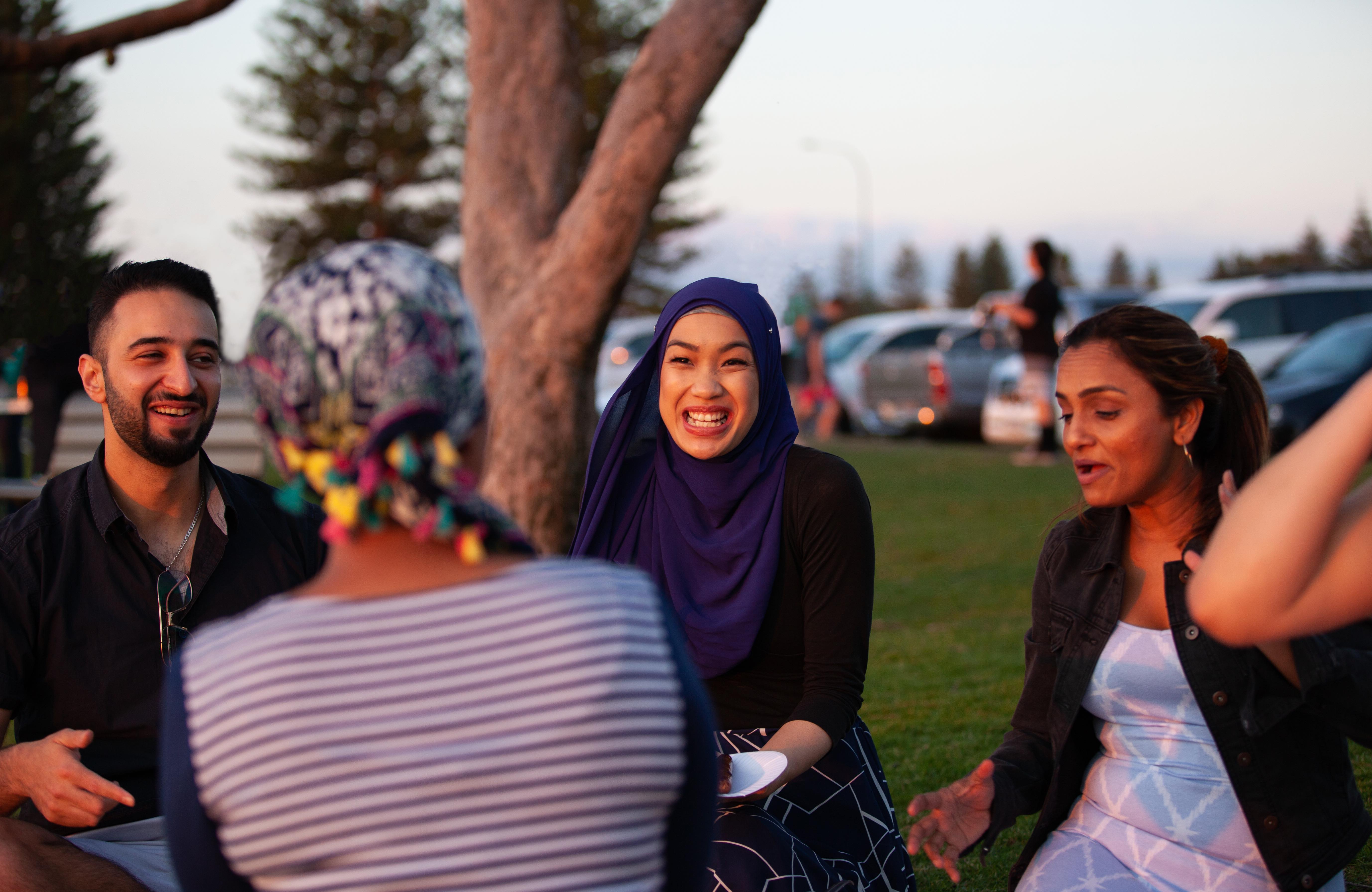
The aim of a quality review should be a reinstatement of a fair, flexible and effective on-shore refugee status determination process.
This would mean that expedited procedures for claims most likely without merit wouldn’t be excluded; nor would it preclude a pre-screening arrangement to identify alternative channels of review, outside the asylum channel, for the migrant component among arrivals. Nor would it mean all those found to be refugees should find their durable solution in Australia.
Flexibility yes, but there must be bottom lines.

Politics & Society
No country, no rights, no hope
Any future arrangements must respect due process, international responsibilities and human decency.
This means that the Manus and Nauru arrangements, which may have done irreversible damage to many, aren’t the answer and should be terminated.
The system must accommodate the reality that there will be some refugees with a boat journey behind them who will be Australia’s responsibility.
Finally, legislation which in effect creates distinctions between first-and-second class refugees should be repealed and the 1951 Convention must be reinstated, not dismissed, as a central reference point.
Global refugee numbers are very high, with the UNHCR reporting an average of one person displaced every two seconds in 2017. Within that global context, Australia has a responsibility to play a much bigger role in terms of its modern refugee policy.
Banner: The refugee camp on Nauru/AAP
